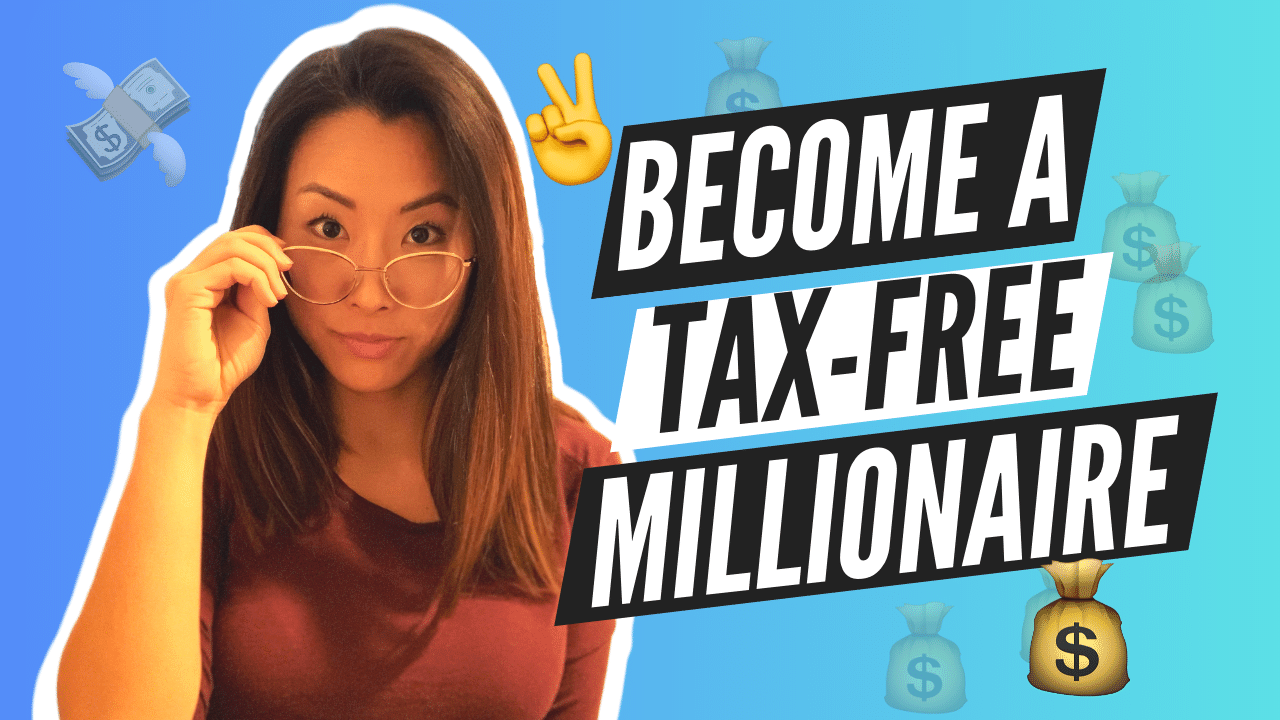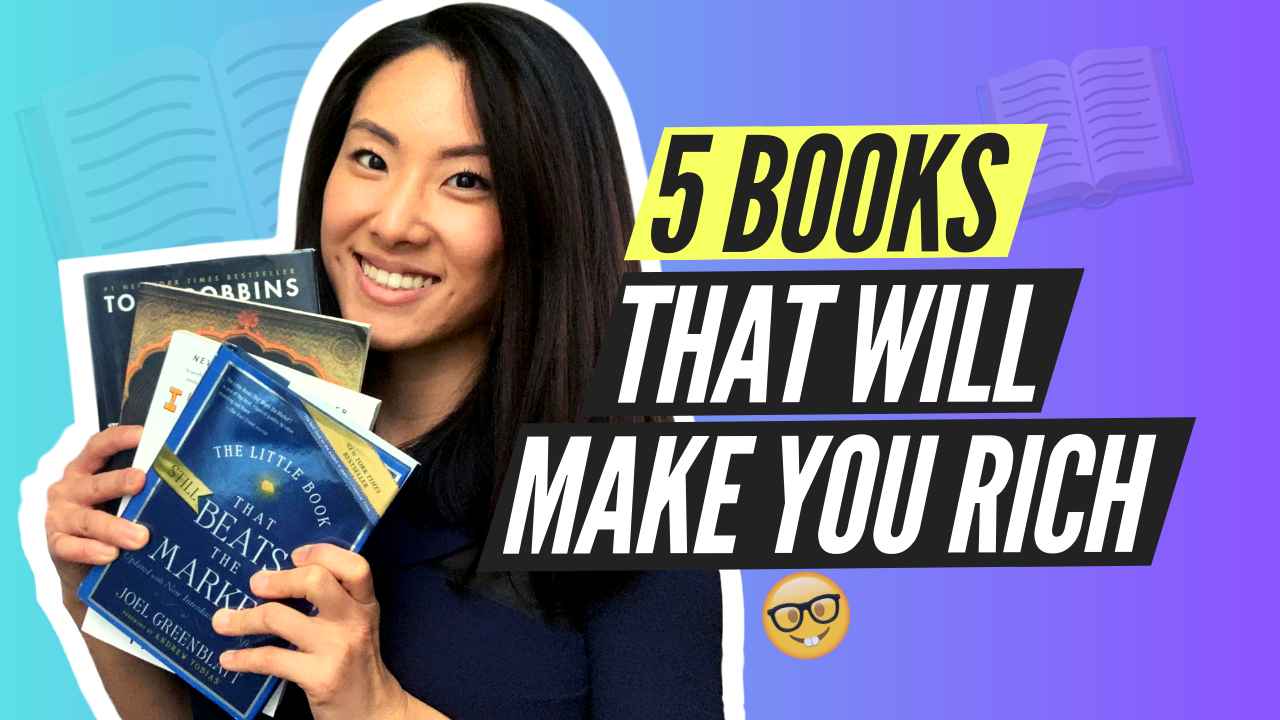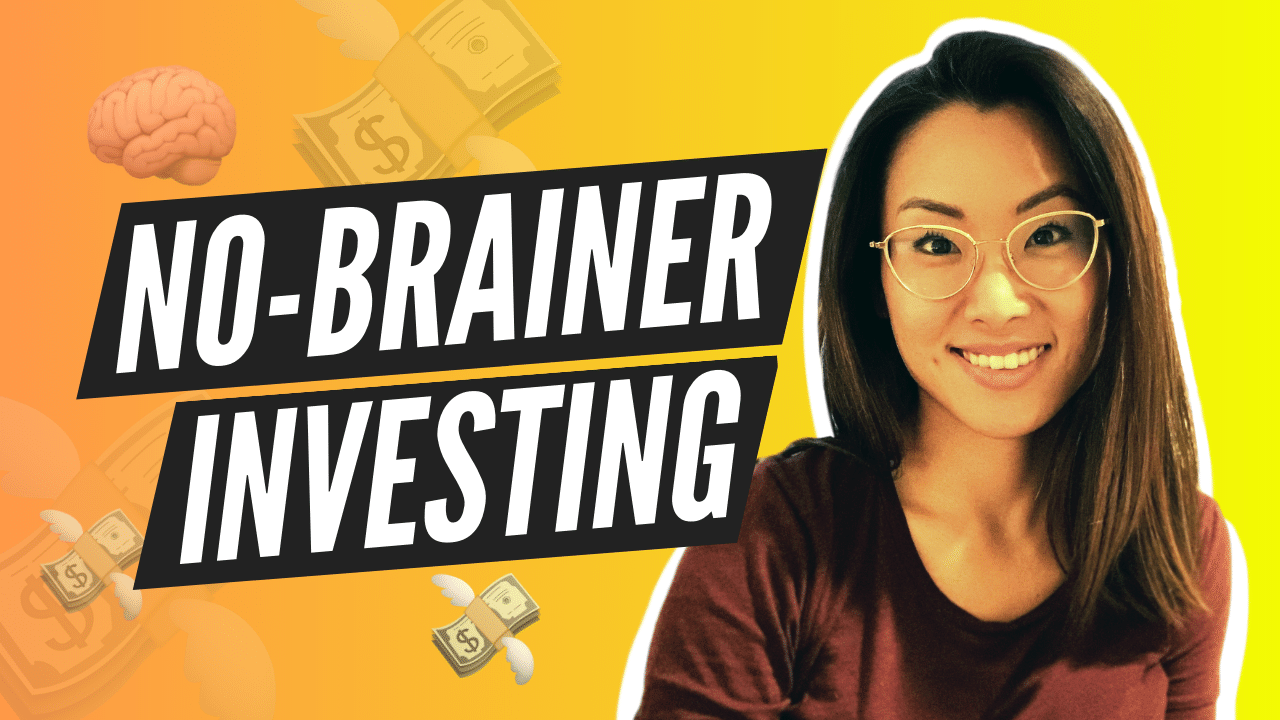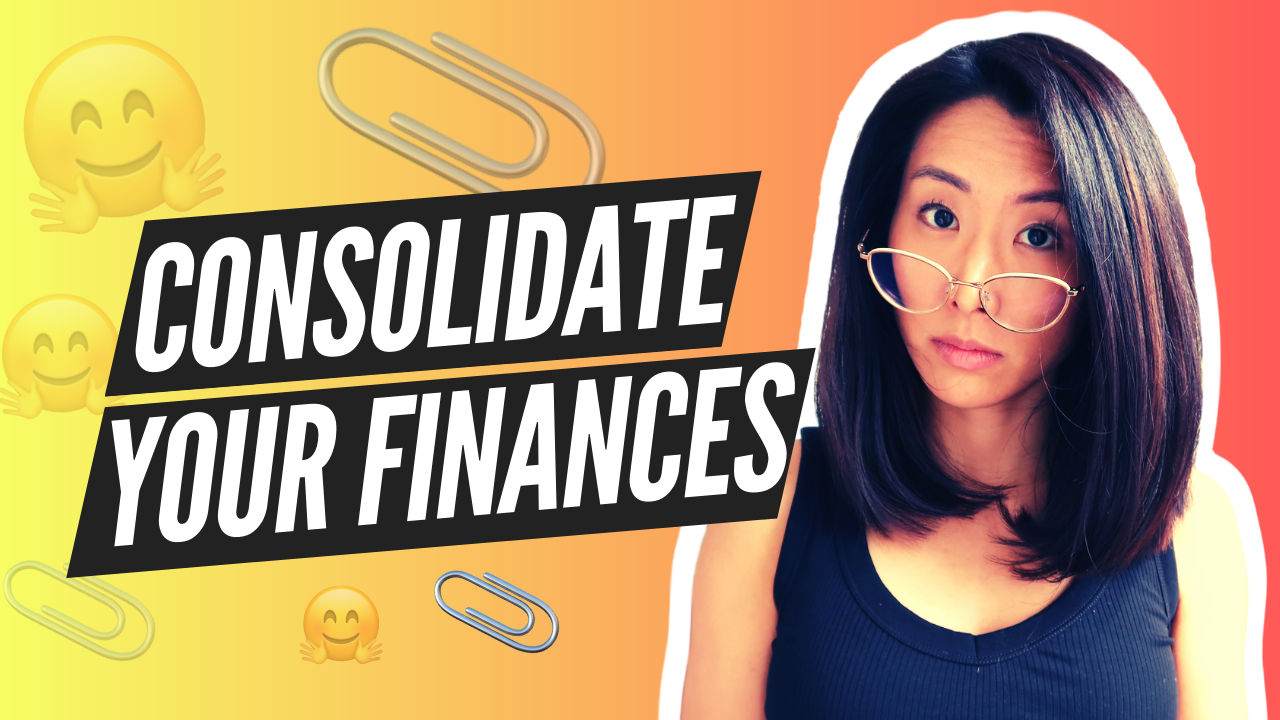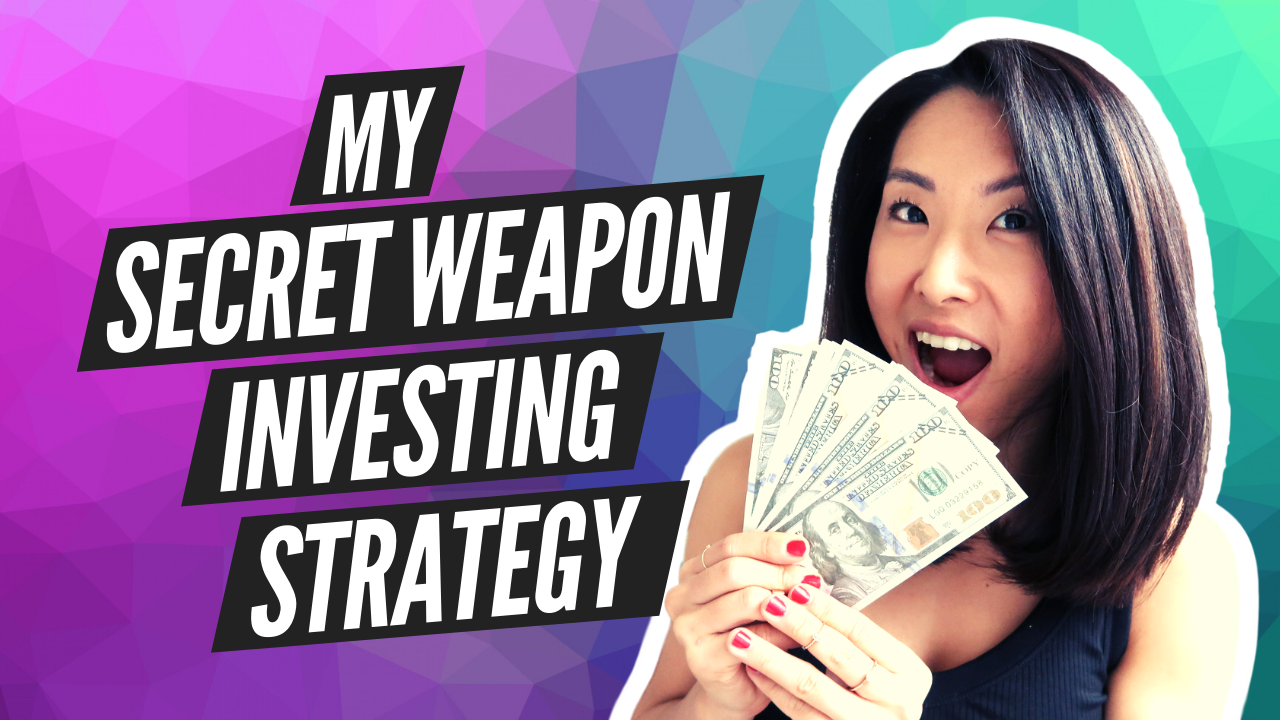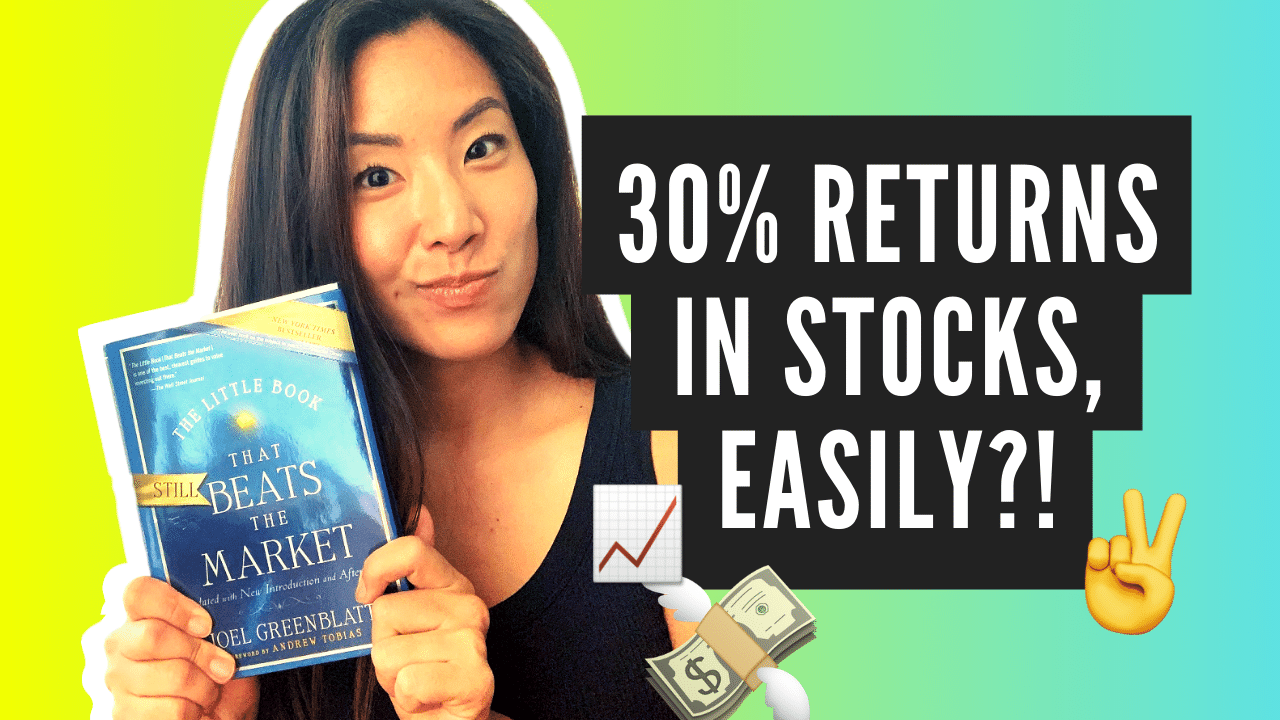Opening a Roth IRA is probably going to be one of the best decisions you’ve ever made. So if you already have one, congratulations!
But what about once you’ve opened it? What next? A Roth IRA is completely useless if you don’t INVEST the money in your Roth IRA.
In this blog post, I’m going to go over 3 of the best Roth IRA investments. Anyone of these investments can make you a tax-free MILLIONAIRE.
I’ll also make a recommendation on how to decide which is the best strategy for YOU. As with so many things in life, there’s never one right answer – because the best investment for you may not be the best investment for me – so I want you to be as educated as possible so that you can be in full control of what happens to your money.
Watch the video below or keep reading!
Use your Roth IRA for growth-focused investments
Since with the Roth IRA, you’ll never have to pay taxes on your investment gains, it makes sense to use your Roth IRA for high growth investments. Because typically, more profits = more taxes – but not if those investments are inside your Roth IRA.
Not only this, but the Roth IRA is a long-term vehicle so it also doesn’t make sense to invest for passive income in your Roth IRA. You can’t live off the money anyway until you turn 59.5, so instead of focusing on passive income, why not focus on growth?
This rules out a lot of investments. For example, bonds, or money market investments like CDs and short-term Treasuries. Because you don’t want to “waste” the tax shield of the Roth IRA on investments that return only 1% or 2%, or worse… 0%.
So assuming you’re not about to retire like next year, you want growth-focused investments for your Roth IRA. In other words… you want to invest in STOCKS. Let’s talk about the 3 ways to invest in stocks for your Roth IRA.
#1 – Target Date Funds
By far the easiest investment for your Roth IRA is a Target Date Fund (or TDF for short). A target-date fund is a mutual fund that contains 3-4 different index funds. Essentially, it’s a “fund of funds”. You’ll usually see a domestic stock fund, an international stock fund, a domestic bond fund, and sometimes an international bond fund.
TDFs automatically pick a blend of investments for you based on your approximate age, and then it readjusts that blend as you approach retirement age. That’s why the name of a TDF always has a year attached to it. For example, the Fidelity Freedom Index 2055 Fund – this is for the appropriate TDF for a 30-year-old who would retire sometime around the year 2055.
Every TDF has a target retirement year as part of the fund name, so finding the right TDF for you is really easy. You just figure out which year someone your age would retire, and you invest in a good TDF with that year.
A 2055 fund is going to be more heavily weighted towards stocks than, say, a 2025 fund. That’s because if you’re planning to retire very soon, you don’t have the luxury of waiting for a recovery in the event of a stock market downturn. So having more bonds gives you stability.
If more American owned TDFs during the last recession, they would have been much better off. I know it’s a sensitive topic, but when you hear about people who lost half of their retirement in the 2008 stock market crash, many of them had too much of their portfolio in stocks, and or they sold everything and missed out on the recovery.
Ramit Sethi, personal finance guru and best selling author of I Will Teach You To Be Rich recommends TDFs for the vast majority of people. He talks about how TDFs are the ultimate set-it-and-forget-it investment, and they cost a lot less than using a roboadvisor.
Sure, you can achieve higher returns with other investing strategies (like the ones I’ll tell you about later in this video), but these other investing strategies all require more work and more effort. Which most people aren’t willing or able to do. That’s why TDFs are the logical choice for MOST people.
So given how easy and automated they are, TDFs are a no-brainer investment option for your Roth IRA.
#2 – Index Funds
The second Roth IRA investment I want to talk about is index funds. This strategy is similar to TDFs, except it’s much more DIY. The TDF gives you a complete, optimally allocated portfolio in one convenient package. With index funds, you have to basically build it yourself. You not only have to decide on asset allocation and find the right index funds for it, but you also need to rebalance your portfolio at least once a year.
This option is good for you if you want a little more control over your investments than a TDF.
For you, Type A nerds and control freaks out there… you’ll probably want to do it this way. I’m with you. I personally do index funds in one of my accounts.
I follow an asset allocation recommended by David Swensen, the legendary portfolio manager of Yale’s $30B endowment fund.
He recommends allocating:
- 30% in Domestic Stocks
- 15% in International Stocks
- 10% in Emerging Markets
- 15% in U.S. Treasuries
- 15% in inflation-protected U.S. Treasuries
- and 15% in Real Estate
There are hundreds of different asset allocations you could choose from. There’s no one right answer – you just want to understand the pros and cons and decide on something. I picked David Swensen’s asset allocation because I like that it doesn’t have too many eggs in one basket – in other words, no single asset class dominates the portfolio. This means that throughout ANY economic cycle or season, my portfolio is positioned to benefit. Yet it’s still very growth-focused because most of it is in stocks. It’s just a slightly fancier version of the asset allocation of a typical TDF.
For a more in-depth explanation on how to invest in index funds for your Roth IRA, make sure to download my
Roth IRA Investing Starter Kit. It’s full of step-by-step instructions on different asset allocations to choose from, which index funds to buy, and how much of each index fund to buy. It’s an epic resource that I’ve created specifically for you, and I know you’re gonna LOVE it, so click here to download it!
Once you decide on an asset allocation, the next step is to find low-cost index funds that fit those allocations. The key is make sure that the expense ratio is under 0.20%. If you’re thinking of doing index funds for your Roth IRA, check out this other blog post right here. There, I go into much more detail about index funds.
#3 – Individual Stocks
The 3rd and most advanced way to invest your Roth IRA is by buying individual stocks.
At the heart of it, the whole idea when buying individual stocks is that you’re trying to buy good companies at a good price. You don’t want to buy bad companies at a good price, and you don’t want to buy good companies at a bad price.
Investing in individual stocks is the FASTEST way to build wealth. That’s how Warren Buffett did it, and this is how I personally invest the vast majority of my portfolio as well. However, it’s also the most labor-intensive way to invest your Roth IRA. There’s a bit of a learning curve, as it requires you to read financial statements to determine the financial health of the company, and it involves a good amount of research.
In order to invest in individual stocks for your Roth IRA, you want to ask yourself the following questions:
- Do I understand this company and the industry its in? Or do I have no idea how this company even makes money?
- Do you trust the CEO and management team to do the right thing?
- Does this company have good cashflow now and will it continue to have good cash flow in the future?
- Does this company have too much debt or other things that might compromise its ability to weather an economic downturn? A quick way to tell whether a company has too much debt is to look at a ratio called the debt-to-asset ratio. This tells you how much a company owes relative to how much it owes. In general, you want to invest in companies that own twice as much as it owes. I talk more about debt metrics in my Roth IRA Investing Starter Kit.
- Can I buy the stock at a reasonable price, given the company’s earnings and its earnings potential? One quick way to tell if the stock is trading at a reasonable price is to look at its PE ratio. The PE ratio is a metric that compares the price of the stock, divided by its earnings per share. The lower the PE ratio, the cheaper the price relative to profits. In other words, more bang for the buck!
Again, my Roth IRA Investing Starter Kit provides detailed instructions on how to find a stock’s PE ratio, as well as how to use it to make good investing decisions. So definitely check it out, it’s a great PDF resource and I’ve included the downloaded link below.
Recommendations on how to choose
And now, for some recommendations on how to go about choosing the best Roth IRA investment for YOU.
First and foremost, you want to be realistic about what you’re ACTUALLY going to do. There’s nothing more useless than an amazing investing strategy that you don’t really want to follow through with.
The 3rd option of picking individual stocks – obviously it sounds like fun and can be very lucrative – but 99% of people don’t have the time or the desire to put in that kind of work.
It’s kinda like if you’re trying to lose weight and you need to choose a diet plan, sure the keto diet where you can lose 20 pounds of fat in 1 week sounds great, but if you’re too busy to count carbs and going keto is not realistic, then you’re better off choosing an easier diet plan. The results might not be as sexy or fast, but it’ll work, because you’ll actually do it.
So here’s my recommendation:
- If you’re a lazy investor and you want to invest the money in your Roth IRA with as little effort as possible, go with TDFs. If your eyes glaze over at the thought of managing your own investments, then don’t force yourself to do something you don’t want to do. Life is too short for that! Lots of people retire millionaires doing just TDFs, so I strongly recommend TDFs for the lazy, hands-off investor.
- For the slightly more DIY investor, I recommend index funds. It can be very rewarding to learn about different asset allocations, learn the pros and cons of each, and then decide for yourself what you want to do. It gives you a sense of empowerment and control over your finances.
- And for the very DIY investor, I suggest learning how to invest in individual stocks. All you type A nerds out there… I see you! Just be prepared to roll up your sleeves, learn some accounting terminology, and do a bit of number crunching.
So that pretty much sums up 3 really awesome ways to invest your Roth IRA. And make sure to grab my Roth IRA Investing Starter Kit if you haven’t already.
